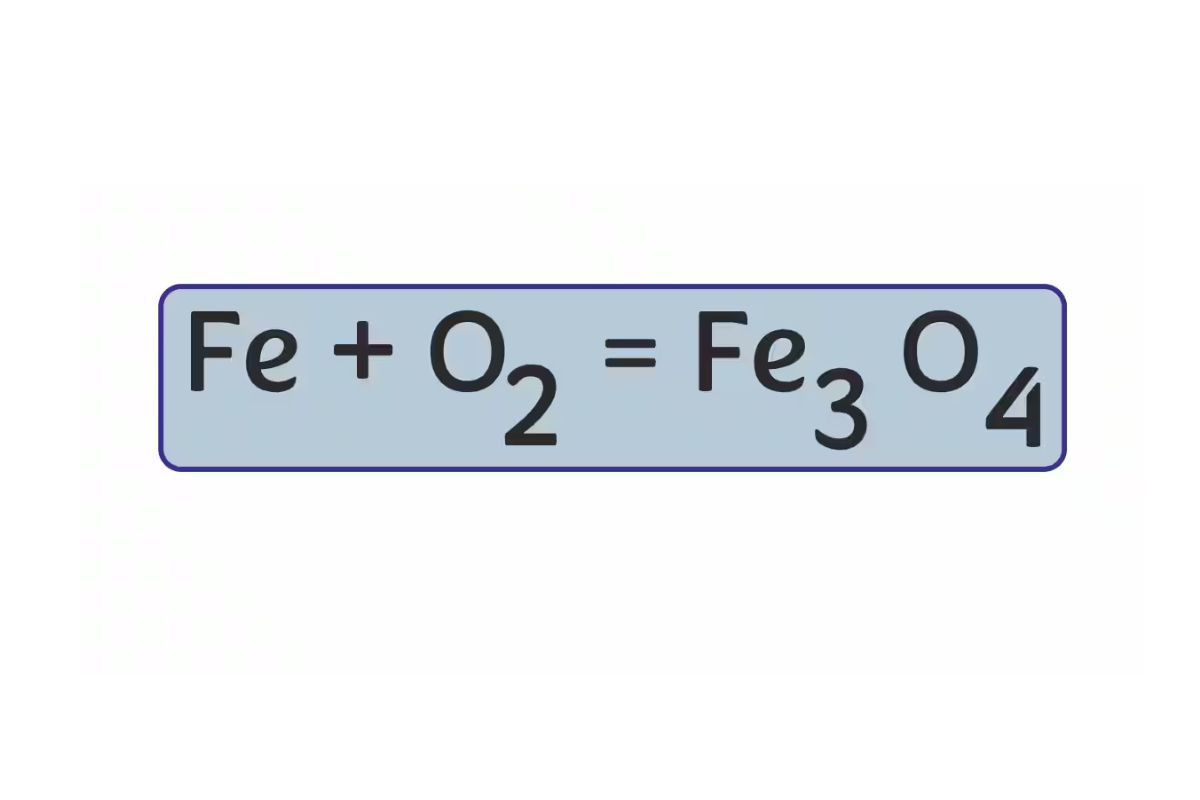
Balancing equations might seem tricky, but it's a fundamental skill in chemistry. Why is balancing equations important? Balancing equations ensures that the same number of atoms for each element is present on both sides of the equation, reflecting the law of conservation of mass. This means matter isn't created or destroyed in a chemical reaction. Imagine baking a cake; you need the right amount of each ingredient to get the perfect result. Similarly, in chemistry, balanced equations help predict the amounts of reactants and products involved. Understanding this concept can make chemistry more approachable and even fun. Ready to dive into some fascinating facts about balancing equations? Let's get started!
What is Balancing Equations?
Balancing equations is a fundamental concept in chemistry. It ensures that the same number of atoms for each element is present on both sides of the equation. This process follows the Law of Conservation of Mass.
-
Balancing equations maintains the principle that matter cannot be created or destroyed in a chemical reaction.
-
An unbalanced equation shows the reactants and products but does not reflect the correct proportions.
-
Balancing equations involves adjusting coefficients, not subscripts, to achieve balance.
Why is Balancing Equations Important?
Understanding why balancing equations is crucial helps grasp the broader implications in chemistry and real-world applications.
-
It ensures the correct proportions of reactants and products, which is vital for predicting the outcomes of reactions.
-
Balancing equations helps in calculating the exact amounts of substances needed or produced in a reaction.
-
It is essential for understanding stoichiometry, which deals with the quantitative aspects of chemical reactions.
Steps to Balance Equations
Balancing equations can seem tricky, but following a systematic approach simplifies the process.
-
Write down the unbalanced equation with the correct formulas for all reactants and products.
-
Count the number of atoms for each element on both sides of the equation.
-
Adjust the coefficients to balance the atoms for each element, starting with the most complex molecule.
-
Repeat the process until all elements are balanced, ensuring the smallest whole number coefficients.
Common Mistakes in Balancing Equations
Even seasoned chemists can make errors. Recognizing common mistakes helps avoid them.
-
Changing subscripts instead of coefficients, which alters the substances involved.
-
Forgetting to balance polyatomic ions as a whole when they appear unchanged on both sides.
-
Overlooking the need to balance hydrogen and oxygen atoms last, as they often appear in multiple compounds.
Real-World Applications of Balancing Equations
Balancing equations isn't just an academic exercise; it has practical applications in various fields.
-
In pharmaceuticals, it ensures the correct dosage of active ingredients in medications.
-
Environmental science uses balanced equations to model pollutant reactions in the atmosphere.
-
Industrial processes rely on balanced equations to optimize the production of chemicals and materials.
Tools and Techniques for Balancing Equations
Several tools and techniques can aid in balancing equations, making the process more efficient.
-
Online equation balancers can quickly provide the balanced form of a chemical equation.
-
Algebraic methods involve setting up equations based on the conservation of atoms and solving for coefficients.
-
The inspection method involves trial and error, adjusting coefficients until the equation is balanced.
Historical Context of Balancing Equations
Understanding the history behind balancing equations provides insight into its development and significance.
-
Antoine Lavoisier, known as the father of modern chemistry, formulated the Law of Conservation of Mass in the 18th century.
-
Early chemists used trial and error to balance equations before systematic methods were developed.
-
The development of stoichiometry in the 19th century formalized the process of balancing equations.
Fun Facts About Balancing Equations
Balancing equations can be fascinating. Here are some fun facts to spark interest.
-
The longest balanced chemical equation involves over 100 different elements and compounds.
-
Balancing equations is a common topic in chemistry competitions and Olympiads.
-
Some video games incorporate balancing equations as part of their puzzles and challenges.
Challenges in Balancing Complex Equations
Balancing complex equations can be daunting, but understanding the challenges helps tackle them effectively.
-
Reactions involving multiple steps or intermediates require balancing each step individually.
-
Redox reactions involve balancing both the mass and charge, adding an extra layer of complexity.
The Final Word on Balancing Equations
Balancing equations might seem tricky at first, but it’s a skill that gets easier with practice. Understanding the basics, like the law of conservation of mass and the need for equal numbers of atoms on both sides, is crucial. Remember to count atoms carefully, use coefficients, and double-check your work.
Whether you’re a student tackling chemistry homework or just curious about how reactions work, these tips will help you master the art of balancing equations. Keep practicing, and soon it’ll become second nature.
Balancing equations isn’t just about getting the right answer; it’s about understanding the principles behind chemical reactions. So, grab a pencil, find some practice problems, and start balancing. You’ve got this!
Was this page helpful?
Our commitment to delivering trustworthy and engaging content is at the heart of what we do. Each fact on our site is contributed by real users like you, bringing a wealth of diverse insights and information. To ensure the highest standards of accuracy and reliability, our dedicated editors meticulously review each submission. This process guarantees that the facts we share are not only fascinating but also credible. Trust in our commitment to quality and authenticity as you explore and learn with us.
